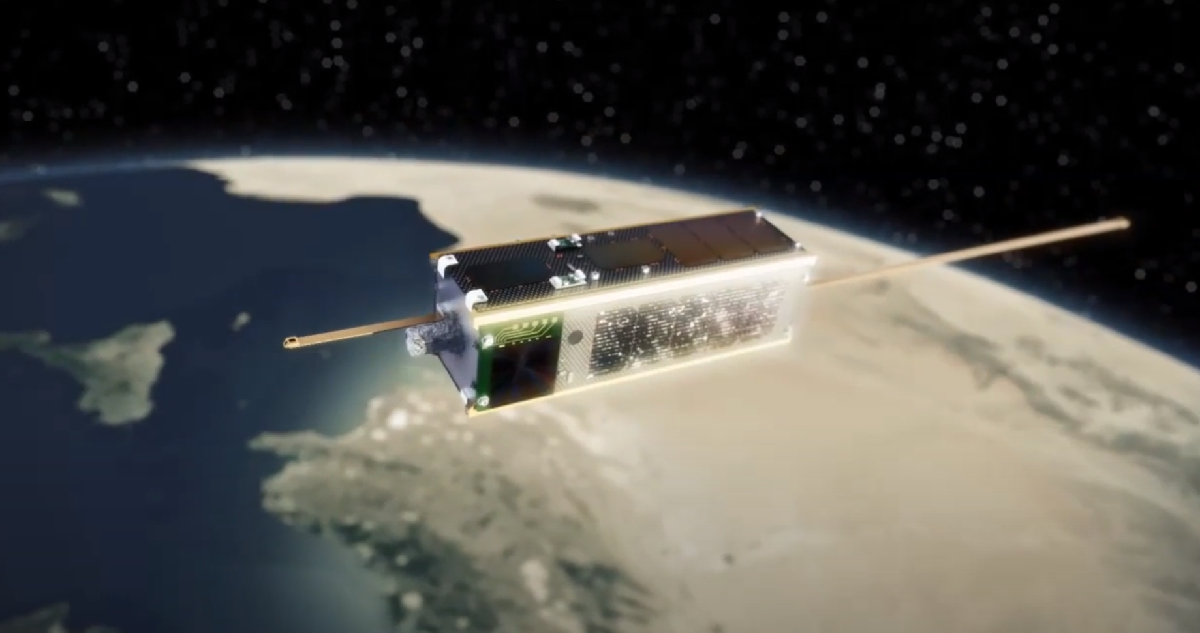Solar panel farms in space could give boundless clean energy supply say scientists
A research team from UK universities say findings could provide breakthrough for clean energy
Your support helps us to tell the story
From reproductive rights to climate change to Big Tech, The Independent is on the ground when the story is developing. Whether it's investigating the financials of Elon Musk's pro-Trump PAC or producing our latest documentary, 'The A Word', which shines a light on the American women fighting for reproductive rights, we know how important it is to parse out the facts from the messaging.
At such a critical moment in US history, we need reporters on the ground. Your donation allows us to keep sending journalists to speak to both sides of the story.
The Independent is trusted by Americans across the entire political spectrum. And unlike many other quality news outlets, we choose not to lock Americans out of our reporting and analysis with paywalls. We believe quality journalism should be available to everyone, paid for by those who can afford it.
Your support makes all the difference.For the first time, scientists say they have proven that gigantic solar farms in space are possible - meaning a potentially boundless supply of clean energy.
A team, from University of Surrey and University of Swansea, followed a satellite in orbit for six years in order to observe how the panels generated power, weathered solar radiation and tolerated space’s harsh conditions.
The satellite was designed by the Surrey Space Centre along with a team of trainee engineers from the Algerian Space Agency.
The cells were made of thin-film cadmium telluride, which acts as a semiconducting material, laid on ultra-thin glass. The new solar technology allows for larger, lightweight panels which generate more power and are relatively low-cost.
The team gathered its evidence over 30,000 orbits, a research paper explained. Although the cells’ power output deteriorated over time, the researchers believe their findings prove that solar power satellites work and could be commercially viable.

“We are very pleased that a mission designed to last one year is still working after six,” said Professor Craig Underwood, Emeritus Professor of Spacecraft Engineering, at the University of Surrey.
“These detailed data show the panels have resisted radiation and their thin-film structure has not deteriorated in the harsh thermal and vacuum conditions of space.”
The researchers said that more development is needed but “this flight has proven the basic soundness of the technology for use in space”.
Every hour more energy from the sun reaches Earth than humans use in a year and roughly a third is reflected back into space, the US Energy Department says.
Since there are no clouds, atmosphere or night in space, satellite-based solar panels could be far more effective at capturing and transmitting energy than renewable infrastructure on Earth.

Join our commenting forum
Join thought-provoking conversations, follow other Independent readers and see their replies
Comments